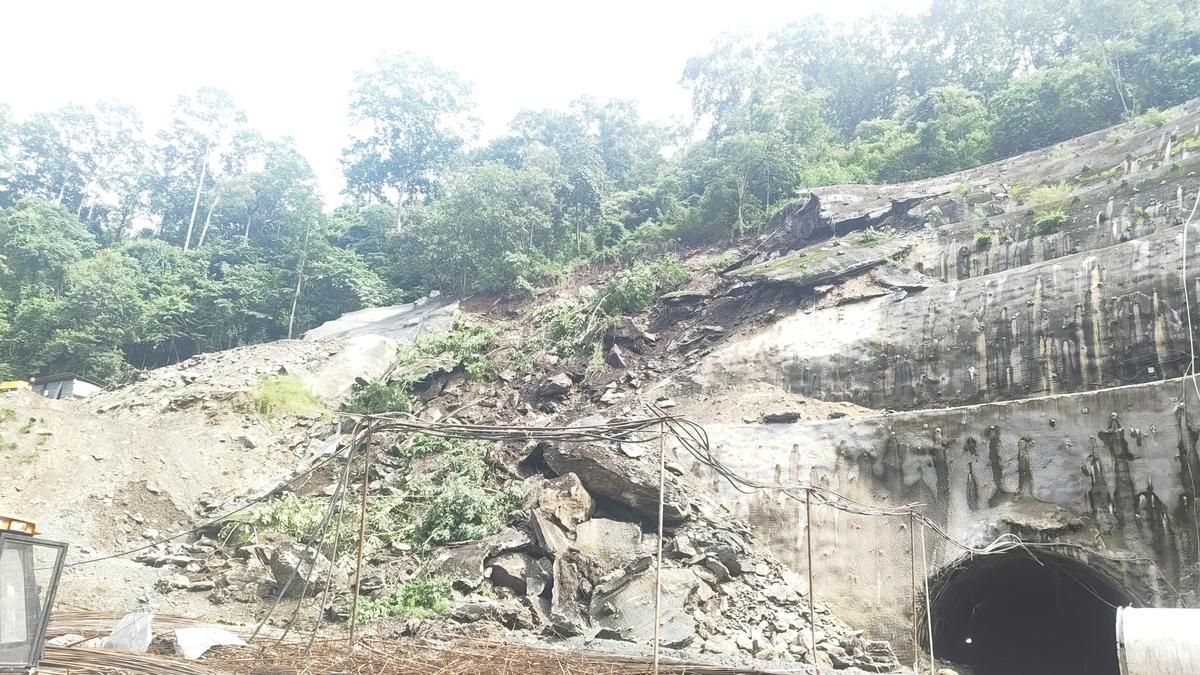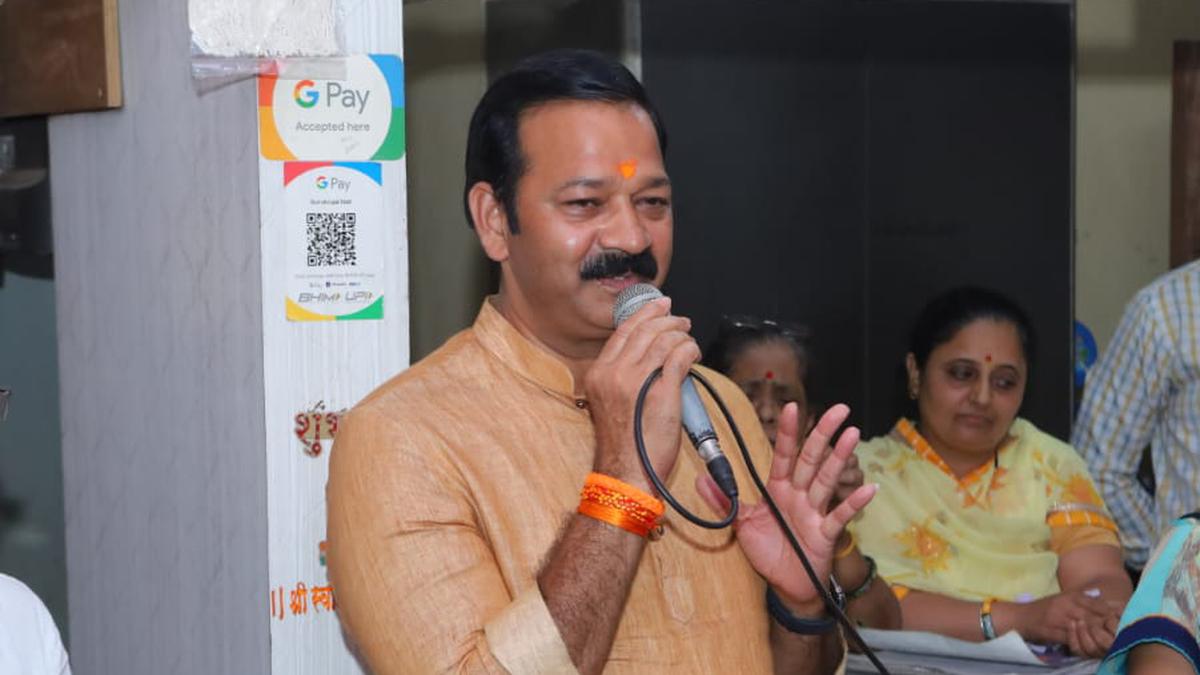Now Reading: Tunnel Collapse in Kalimpong Amid Heavy North Bengal Rains
-
01
Tunnel Collapse in Kalimpong Amid Heavy North Bengal Rains
Tunnel Collapse in Kalimpong Amid Heavy North Bengal Rains

Quick Summary
- Incident: A section of a tunnel slope near the under-construction Sevoke-Rangpo railway line in Kalimpong district, North Bengal, collapsed on August 5, 2025, following heavy rainfall and landslides. no injuries or casualties were reported.
- Location: The accident occurred at Ravijhora near Teesta Bazar near Tunnel No. 7 of the IRCON-led railway project.
- Damage Report: Officials confirmed no loss of machinery or railway assets; the tunnel was unaffected as it was located approximately 30 meters away from the collapse site.
- Precautionary Measures: Debris removal is underway; workers and equipment have been moved due too ongoing heavy rainfall risks.
- Videos Viral: Footage showing concrete structures collapsing rapidly has circulated widely on social media platforms.
- Project Context: The collapsed tunnel is part of a project aimed at connecting Sikkim’s mountainous terrain to India’s railway network.
- Broader Impact: National Highway 10 in the region has closed due to flooding and landslides, disrupting local transport severely. Landslides are frequent during monsoons in North Bengal and Sikkim, with this year’s monsoon bringing abnormally high rainfall.
- Local Voices: residents complain about blocked roads increasing commute times significantly and costing extra money. Concerns raised over infrastructure projects potentially exacerbating land instability.
Indian Opinion Analysis
The recent collapse highlights persistent challenges tied to infrastructure development in ecologically sensitive areas like North Bengal and Sikkim. While projects like the Sevoke-Rangpo line aim to enhance connectivity for historically isolated regions such as Sikkim, their execution must carefully balance developmental objectives with environmental resilience.
Monsoonal landslides are an annual hazard but appear aggravated by unfettered construction activities coupled with intense vehicular loads-as strongly echoed by local residents suffering disruptions to daily life along NH10. Abnormal rainfall patterns this year have further compounded these vulnerabilities.
As India pursues ambitious infrastructure goals across its Himalayan belt-where such incidents are increasingly recorded-it may be prudent for authorities to conduct rigorous impact assessments while deploying sustainable construction practices tailored for fragile terrains prone to natural disasters.
Read More: https://www.thehindu.com/news/national

























